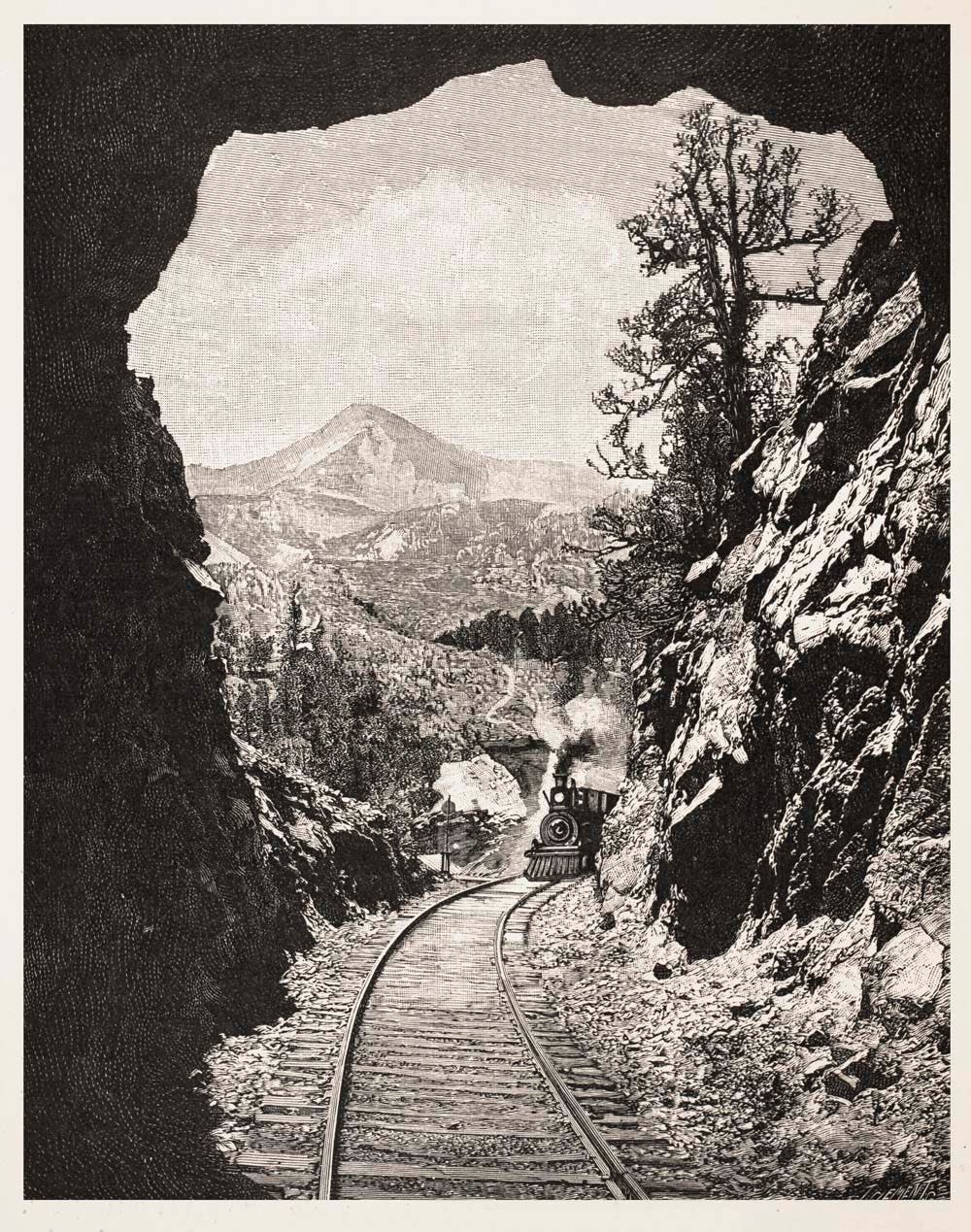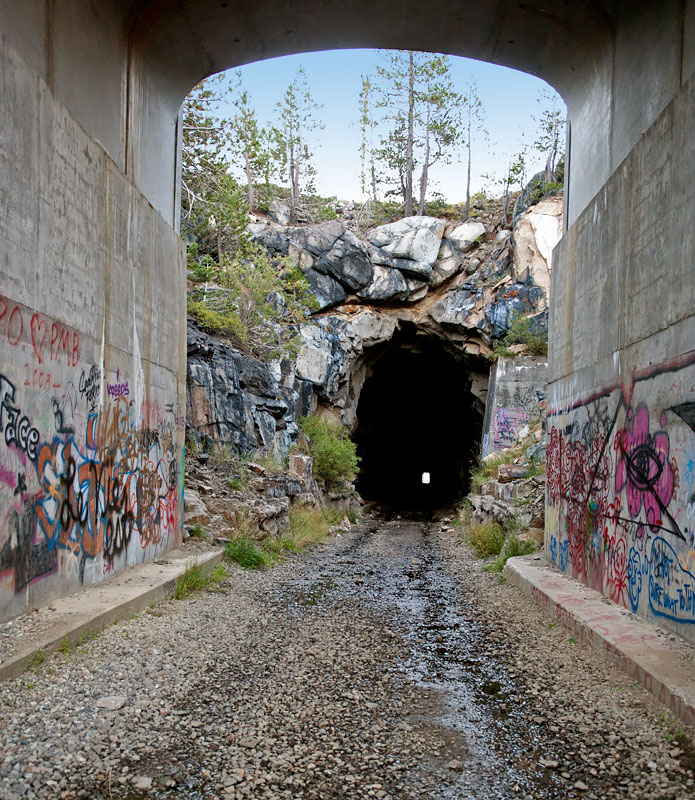Notes
Lesson 4: Contributions and Achievements
Do Now Activity
Show a short video of key milestones achieved by Chinese laborers. What did you know about the contributions of Chinese workers before the video? What do you know now? Reflect on any new surprising facts you learned.
Learning Objective
Understand the major contributions of Chinese workers. Highlight significant projects and milestones, such as the completion of the Summit Tunnel and laying multiple miles of track in a single day.
Major Contributions
The Chinese workers made numerous significant contributions to the construction of the Transcontinental Railroad, playing a crucial role in its timely completion. One of their most notable achievements was the completion of the Summit Tunnel, a major engineering feat. The tunnel, located in the Sierra Nevada mountains, required the workers to blast through solid granite, a task that took years to accomplish. Despite the extreme conditions and high risk of accidents, the Chinese laborers persevered, working around the clock in shifts to keep the project on schedule. Their dedication and hard work were instrumental in completing this critical section of the railroad.
Another major milestone was the remarkable achievement of laying multiple miles of track in a single day. On April 28, 1869, in a coordinated effort, Chinese workers laid ten miles of track in just one day, setting a record that stood for over a century. This accomplishment showcased their exceptional teamwork, efficiency, and endurance. The workers' ability to coordinate and execute such a large-scale task under intense pressure demonstrated their significant contribution to the overall progress of the railroad. Their achievements in these and other projects were essential to overcoming the immense challenges faced during the construction of the Transcontinental Railroad.
Innovations and Techniques
The Chinese workers introduced several unique methods and innovations that were critical to the success of the railroad construction. One of the most significant techniques was the use of nitroglycerin for blasting through the tough granite of the Sierra Nevada mountains. Nitroglycerin, a highly volatile and dangerous explosive, was more effective than black powder but required precise handling. The Chinese laborers, known for their meticulousness and bravery, mastered the use of this explosive, significantly speeding up the process of tunneling through the mountains.In addition to their expertise with explosives, the Chinese workers employed innovative techniques to tackle the challenging terrain. They used basket systems to lower themselves down sheer cliffs, allowing them to work on difficult sections that would have been otherwise inaccessible. This method involved using ropes and baskets to suspend themselves over steep inclines, where they could then drill and blast with precision. Their ingenuity in adapting to the harsh and varied conditions of the landscape was a testament to their problem-solving skills and their vital role in the railroad's construction.

“ The 15 tunnels along the Central Pacific line required massive amounts of explosives to blast through solid granite. In addition to nitroglycerin produced on-site, crews used as many as 500 kegs of black powder a day during the construction phase through the Sierra Nevada. Image source: Cooley, Thomas McIntyre, and Thomas Curtis Clarke. The American Railway. New York: C. Scribner’s sons, 1889, p. 64.” Linda Hall Library.
